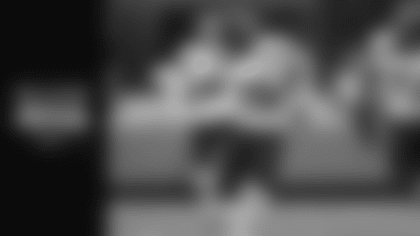(This story originally appeared in VMAC Insider, a new series created exclusively for Seattle Seahawks Season Ticket Holders)
INDIANAPOLIS - The clock approaches midnight at High Velocity, one of the two bars in the lobby of the JW Marriott in downtown Indianapolis, both of which are packed late on a Friday night.
Trent Kirchner, the Seahawks' co-director of player personnel, sits at a table with Matt Berry, the team's director of college scouting, Southwest area scout Aaron Hineline, as well as a scout and assistant coach from two other NFL teams. A few minutes later, Ed Dodds, the Colts' vice president of player personnel and the former Seahawks senior personnel executive, stops by to say hello to his former co-workers.
Despite being scattered around the country, the NFL scouting community is a tight-knit fraternity, so a job change for Dodds isn't going to change the relationship between former coworkers. After a few minutes of chatter, something inappropriate is said, laughter ensues, then Dodds is off to another table where a veteran Colts player sits, sipping a glass of water.
All around this sports bar that's filled to capacity, similar scenes are playing out between executives, scouts, coaches, agents and media members. For one week each winter, the NFL scouting combine turns Indianapolis into the center of the NFL universe, with coaches, executives, scouts and medical personnel from all 32 teams descending on this Midwestern city to evaluate college football's top draft-eligible prospects.
But what goes on during the day at Lucas Oil Stadium is only part of what happens this week. At night, places like the JW Marriott lobby and high-end restaurants like St. Elmo and Prime 47 are packed with a mixture of top NFL decision makers, agents and members of the media. Sometimes these casual meetings lead to deals down the road, other times, as is the case at the table occupied by Seahawks scouts, it's just a chance to unwind, catch up with old friends and talk about another long day at the combine, a day that began 17 hours earlier in the same lobby.

6:50 a.m., JW Marriott Lobby
"You've got to get there before 6:30," Berry notes, a comment on the long line that has already formed at the Starbucks on the second floor of the hotel. While the networking portion of the combine requires late nights, the days also start early for athletes, coaches and scouts.
Kirchner, who has been coming to the combine since 2000, when he showed up uninvited as a college senior looking to get a foot in the door—more on this later—will tell you that these days all can start to seem the same. Yet redundant or not, they remain, nearly two decades later, a very important part of his job as one of the key members of Seattle's personnel department.
Kirchner, Berry and Southeast area scout Jim Nagy pile into a van along with two of the coaches new to this year's staff, defensive coordinator Ken Norton Jr. and assistant defensive line coach Jethro Franklin. With scouting intern D.J. Hord at the wheel—he'll make this drive between the hotel and stadium several times today and every other day this week, prompting one passenger to ask, "Can you make this drive with your eyes closed yet?"—the group is off to Lucas Oil Stadium where defensive linemen will be measured and weighed in front of bleachers full of scouts and coaches. Before things get going, coaches and scouts catch up over coffee. Kirchner enjoys a chat with former Seahawks defensive coordinator Gus Bradley, who currently holds the same title with the Los Angeles Chargers, while other scouts exchange pleasantries with their colleagues from around the league who they routinely cross paths with on college campuses in their respective regions.
Now, it might seem a bit odd for a room full of people to be on hand to witness draft prospects being measured for height, arm length, hand size and weight, but when it comes to an athlete, measurements on paper don't tell the whole story. One man's sloppy, out-of-shape 300 pounds can differ drastically from another man's chiseled 300 pounds, so yes, scouts and coaches sit here at 7:30 a.m. to take notes that include ranking players' physiques.
As weigh-ins come to an end, the crowd makes its way into the stadium, with some headed to suites—each team has a suite for the week where coaches and scouts can observe workouts—while others, including Kirchner, Berry and co-director of player personnel Scott Fitterer make their way into the bleachers to time the upcoming 40-yard dashes. Offensive linemen will run first, then move on to on-field workouts, then running backs will take over for the afternoon session.

While they wait for things to get started, scouts informally bet on who in each group will run the fastest and slowest 40 times. No money is exchanged—"this is about pride," Berry notes—but over the years scouts find a way to make the otherwise mundane tasks like timing 40-yard dashes a little more interesting. Berry is particularly proud of his talents with a stopwatch, especially how quickly he can start, then stop again on a false start. Anything under .04 seconds is a good start-stop time, Berry explains, while anyone under .02 must be cheating.
When a lineman false starts a few minutes later, Berry holds up his watch, curious if anyone can beat his time. "Anybody? Anybody?" he says. "I've got a reputation to uphold here."
There's a break between groups of offensive linemen, which is just short enough to make it not worth a trip up to the Seahawks' suite, which this year is on the opposite side of the stadium, but just long enough to feel tedious.
"Hurry up and wait," Kirchner says.
Throughout the day, Kirchner and Berry trade barbs and playful insults; it's evident they've been doing this together for a long time. The chop-busting only increases when Dodds wanders down from his seat a few rows away. Kirchner feigns surprise that Dodds is wearing sweats—apparently he always wears sweats—while Dodds counters by explaining that he wore jeans and a dress shirt the day before, an outfit that might as well be a three-piece suit for the southern Texas native.

"Holy (Expletive), How'd You Get In Here?"
While killing time between offensive line groups, Kirchner reflects on the fateful combine 18 years earlier that helped him launch a successful career in the NFL.
Kirchner was a prolific quarterback in high school at Fulda High School, which is located about 170 miles southwest of Minneapolis. Berry really wants it to be known that Kirchner was a more accomplished Minnesota high school quarterback than eventual Heisman Trophy winner Chris Weinke, throwing "more career completions… No wait, more touchdowns… Or was it a higher completion percentage… Just get this in the story: better high school career than Heisman Trophy winner Chris Weinke."
Regardless, Kirchner took his talents to St. John's University, and knowing that the NFL wasn't in his future as a player, he explored the possibility to get into scouting, either in football or another sport.
Starting his freshman year at St. John's Kirchner started writing letters, more than 30 a month, to NFL scouts and coaches, never asking for a job, but rather for career advice, always with a little flattery included. During his senior year, Kirchner decided it was time to aim for some face-to-face meetings, so he hopped in his 1991 Ford Tempo and made the 10-hour drive from St. John's to Indianapolis, uninvited but undeterred. Before he left, Kirchner scored a pile of media guides from a friend in the Minnesota Vikings' PR department so he could put faces to the names of scouts he had been writing—these were the early days of the internet and pictures of scouts weren't easy to come by.
While stopped at a toll booth in Chicago, the Tempo briefly died, nearly killing Kirchner's combine dreams with it, but after quick prayer, the car started and he was on his way. While credentials are required to get into Lucas Oil Stadium and before that the RCA Dome, as well as parts of the attached Indiana Convention Center, the public can get into some areas of the convention center. After studying the lay of the land, Kirchner discovered a bathroom outside of the credentialed area that was frequented by scouts and coaches, so he set up near there, though he insists not too close—"I was like 50 feet away. It's not like I was staking out the bathroom," he said.
There Kirchner became friendly with a security guard named Brian Carlson. He remembers Carlson's name, because the two stayed in touch for years until Carlson's email address stopped working. Eventually, Kirchner recognized Marc Trestman, then the offensive coordinator for the Arizona Cardinals and a fellow Minnesota native, and introduced himself.
Trestman, who is now the head coach of the Toronto Argonauts, was impressed with the initiative taken by a college senior, and didn't just offer some words of encouragement, but also a credential. Nearly two decades have blurred memories somewhat, but for some reason Trestman was able to get the credential of John Shoop, an assistant with the Bears at the time with whom he was friends, and lend it to Kirchner under the condition that it was back at the hotel the next morning.
"He stopped me at the escalator, told me a little bit about himself, he had driven from Minnesota, I think St. Cloud," Trestman said in a phone interview. "He asked if I could help in any way, he was trying to get into the combine, of course. I just so happened to have an extra credential, so I gave it to him. He got inside, and he really took care of the rest."
Credential in hand, Kirchner, AKA, "Shoop" went to enter the combine, which meant walking past Carlson, who at this point knew Kirchner's name and story. Rather than stop someone trying to enter with another person's credential, Carlson winked at Kirchner and said, "I'm happy for you, man."

During Kirchner's letter-writing campaign, one person who had responded was John Schneider, who at that point was working for the Kansas City Chiefs. When Kirchner recognized Schneider, he tapped him on the shoulder and introduced himself, to which Schneider replied, "Holy (expletive), how'd you get in here." Like Trestman, Schneider was impressed with Kirchner's resourcefulness, so much so that he got him a legitimate credential and made Kirchner something of an unofficial Chiefs scouting intern for the rest of the week.
When Schneider left Kansas City for a job in Seattle later that year, he helped Kirchner land an internship with the Seahawks, then he took Kirchner with him to Washington a year later. After Washington cleaned house the following year, Kirchner landed in Carolina, where he spent eight years before reuniting with Schneider in Seattle in 2010 when Schneider became the general manager of the Seahawks. Kirchner, who has risen through the scouting ranks to become, along with Fitterer, one of the team's top personnel men under Schneider, is frequently mentioned as a general manager candidate when jobs open up around the league. He has earned every promotion along the way, but he can't help but marvel at his good fortune on that day in 2000 when an assistant coach stopped to chat and eventually lend a credential.
"He did it all himself, I didn't really do anything for him," Trestman said. "I had a credential and I gave it to him, and he did the rest. It was easy to see watching him once he got inside the building how he did what he did. He tried to meet as many people as he could, and he did it the right way. Somebody was impressed and got him into the next step. Like I said, I did very little. I just gave him a way to get into the building, he did the rest."

1 p.m., The Worst Suite In The Building
Every year, a lottery is held to determine which teams get which suites for the combine. The Colts, as hosts, get one of the prime spots near midfield, meaning 31 other teams have their fate decided at random, and this year the Seahawks were 31st out of 31 teams in that lottery, meaning a spot in the corner farthest from the 40-yard dash, or as Seahawks coach Pete Carroll joked while talking to the media a day earlier, "I think we're sitting close to the JW Marriott."
Less-than-ideal location or not, this suite is home to Seahawks coaches and scouts throughout the week. While running backs go through workouts, Carroll intently studies college tape of prospects on his tablet while also watching the action on the field, all while looking up periodically at the TVs tuned into NFL Network. Of Carroll's many talents, his ability to multitask is one of the most impressive.
One conversation nearby serves as a reminder that, during the combine, everything matters. It's not just how fast a player runs or how his medical evaluation checks out; just about everything is up for evaluation. Josh Graff, Seattle's midlands area scout, has been measuring the broad jump at the combine for several years, but he's not just measuring how far players jump, he's also paying attention to athletes' behavior. Talking with Kirchner, Graff mentions the various attitudes and behavior he witnessed, saying one prospect was a really cool kid, or another had "no juice."
At one point, word starts to spread that Seahawks quarterback Russell Wilson took his one in-game at bat of his spring training stint with the New York Yankees, and had struck out.
"He didn't go down looking, did he?" Carroll asks. Told Wilson had in fact struck out swinging to end a five-pitch at bat, Carroll says, "Good, can't go down looking."
When running back workouts end, there's a short break in the day, during which people will retreat to their hotel for a nap or a workout, or head to a local restaurant for a meeting. Walking back to the parking lot, where Hord waits in the van, a fan in a USC jersey can't believe his luck when he looks up and spots Carroll walking out of the stadium. Carroll acknowledges the ecstatic fan with a "Fight on!" before heading to the van.
A couple hours later, Kirchner wraps up a meeting just in time to place a to-go dinner order at High Velocity, then it's back to the van for a trip to the Crowne Plaza Hotel.

"That's a Rule 2 Violation"
Just before 6 p.m. coaches and scouts begin to fill the Seahawks' room at the Crowne Plaza. Every NFL team has a room here, which is where they will conduct formal 15-minute interviews with players throughout the week.
The evening gets off to a promising start, with the first prospect wowing everyone in the room when the interview shifts from the getting-to-know-you questions to his college game tape. The offensive player in question doesn't need the play to start before he can recall the play call, the formation, what the defense was going to do and what the result of the play ended up being.
Every interview over the next four hours unfolds differently. Sometimes Carroll leads the way, looking to learn more about the person and his backstory, while other times he lets assistants take over, grilling the player on footwork and fundamentals, or testing them with film study. Some prospects, like that first interviewee, nail the film session, while others struggle a bit to identify an opposing offensive formation or defensive coverage. For the most part, scouts have been researching these players for several months, so they sit quietly and take notes, letting coaches lead the way. For some interviews, Kirchner sits at the large round table in the middle of the room, while at other times he's on a couch, going over notes with Dr. Michael Gervais, the high performance psychologist who works closely with Carroll and the Seahawks.
When one prospect is asked about his workout numbers from earlier in the day, he responds that he wasn't happy about them, saying he woke up sick that morning. Carroll immediately throws his pen on the ground in mock disgust while Berry rolls his eyes dramatically.
"That's a Rule 2 violation," Carroll says, referring to the second of his three rules for the team, which states there shall be "no whining, no complaining, no excuses."
A day earlier when talking with the media, Carroll described himself as being excited and energized by the challenges of this offseason, the Seahawks' first offseason following a non-playoff season in six years. Carroll is never lacking energy, but in this dimly-lit hotel room, his enthusiasm is particularly evident as prospect after prospect passes through.
Go behind the scenes with the Seattle Seahawks player personnel department at the 2018 NFL Combine.
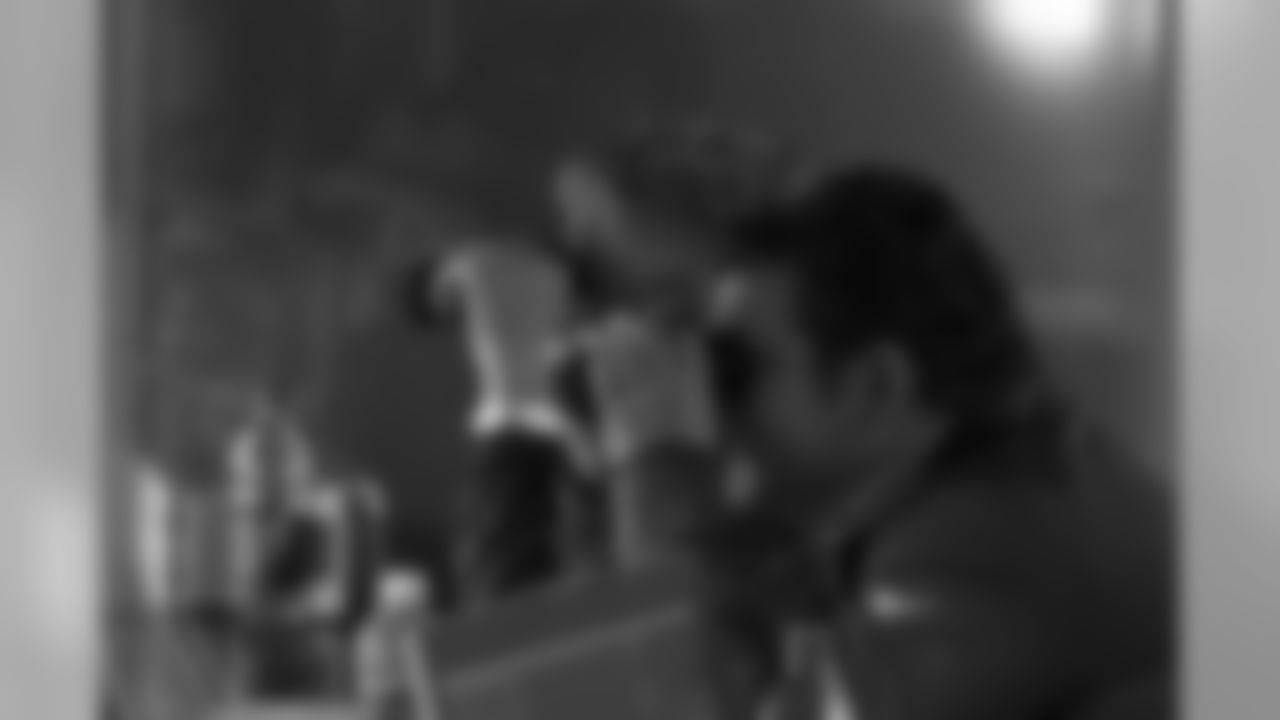
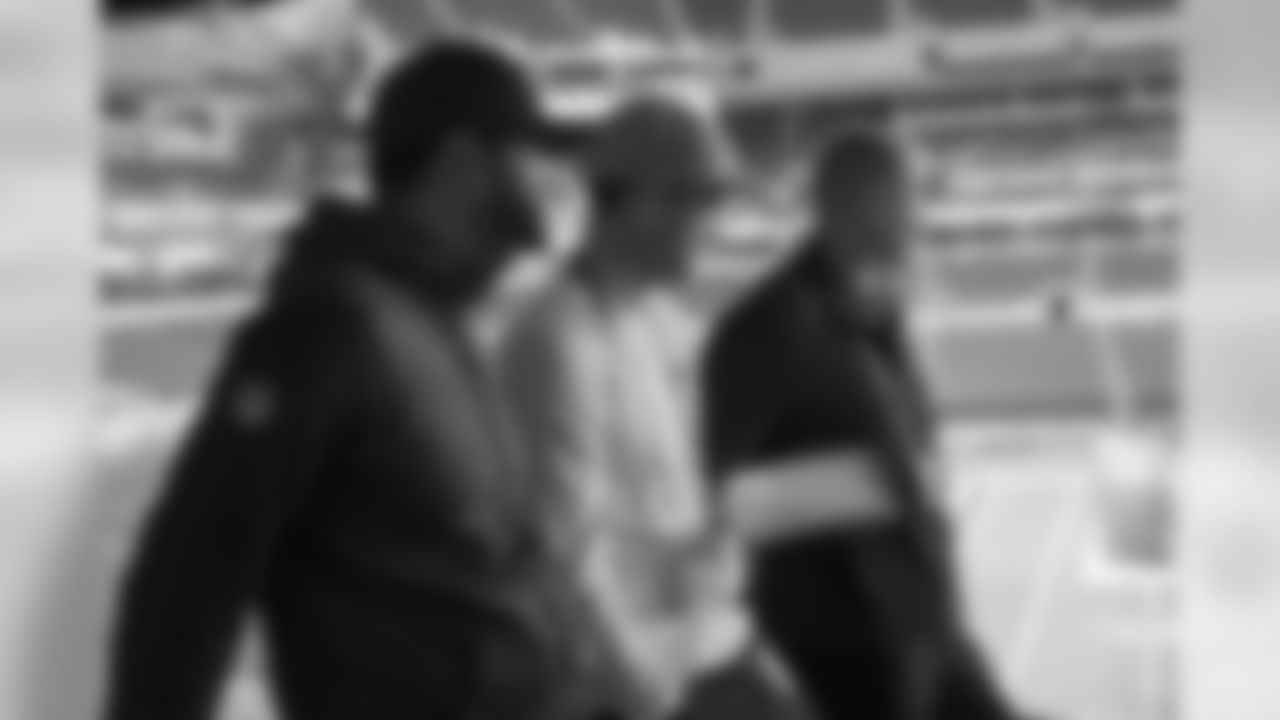
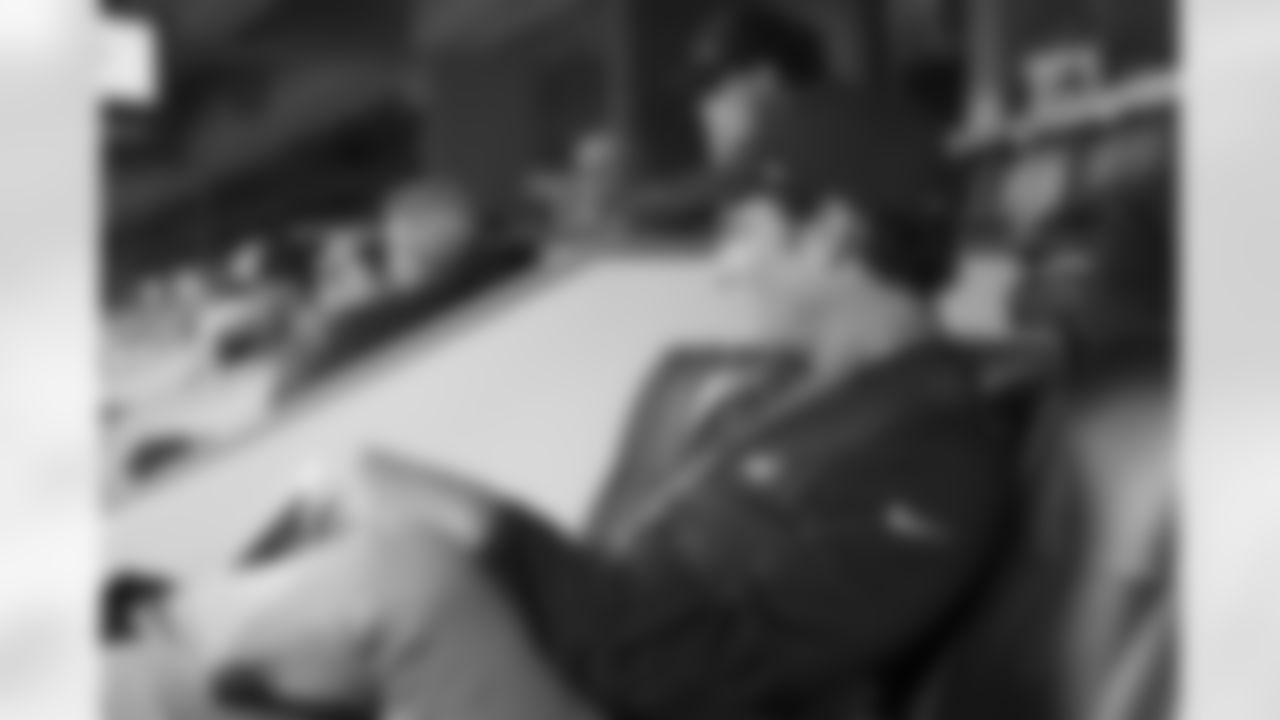
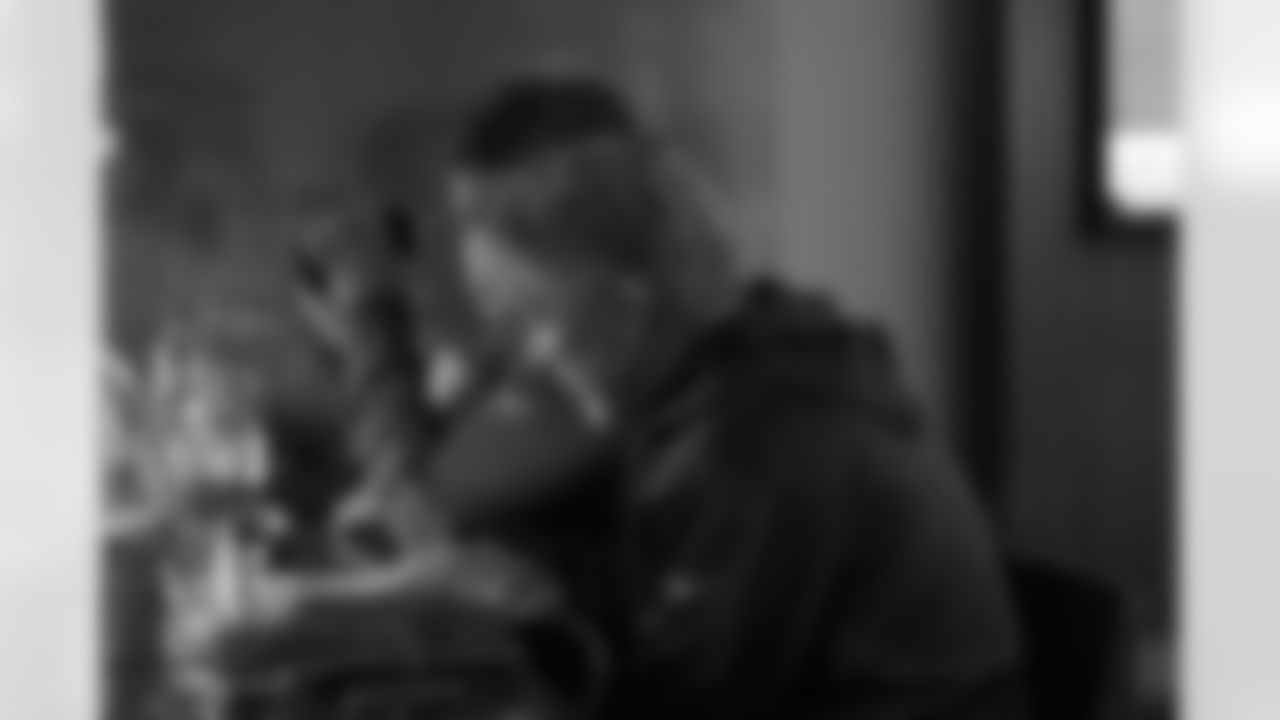
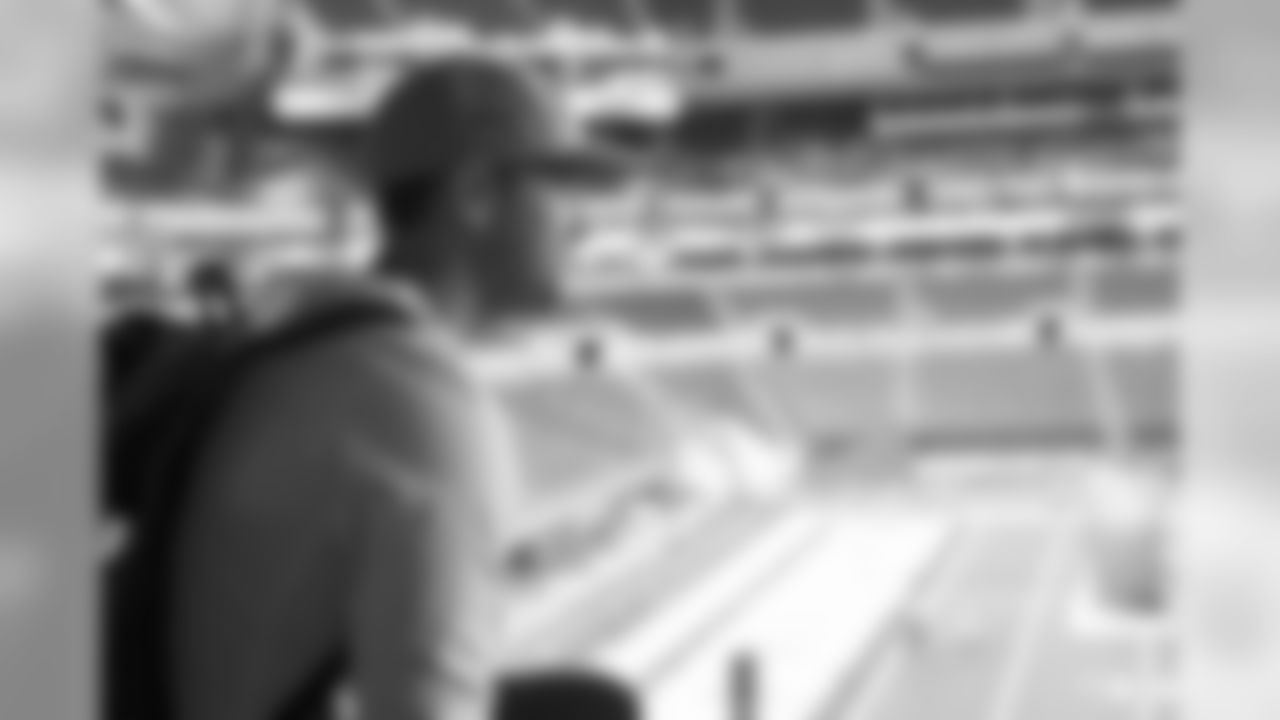
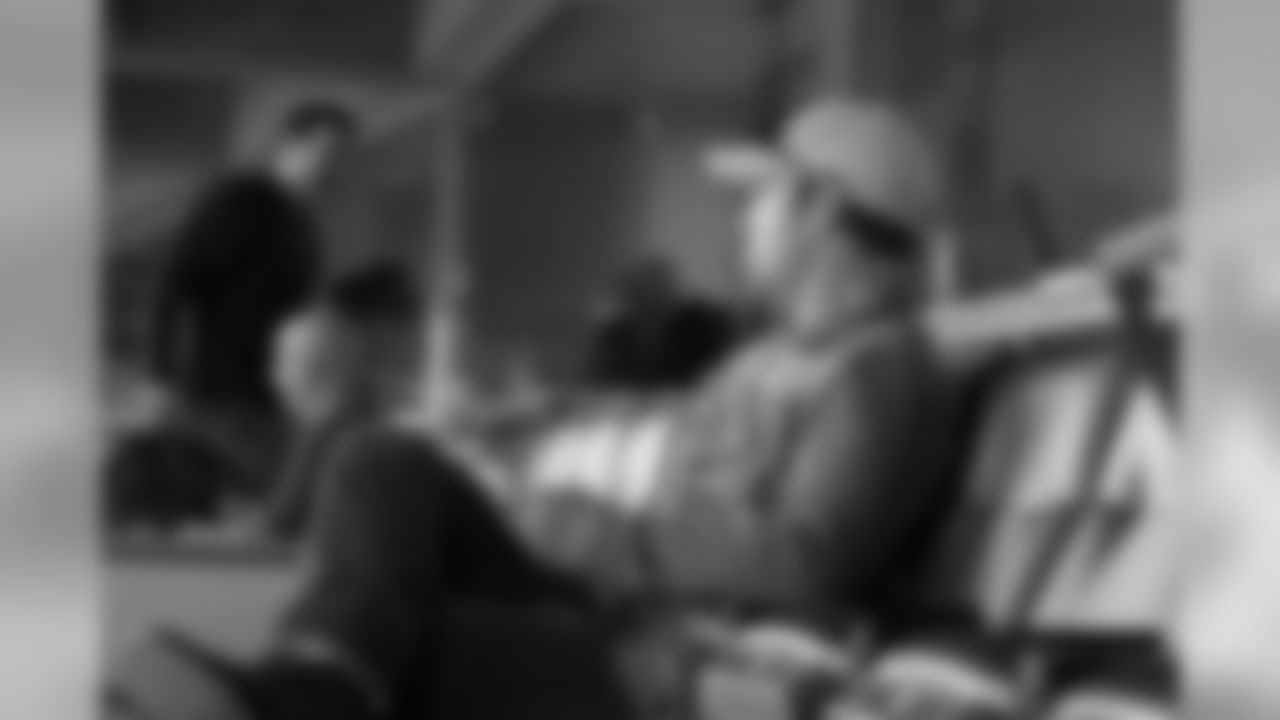
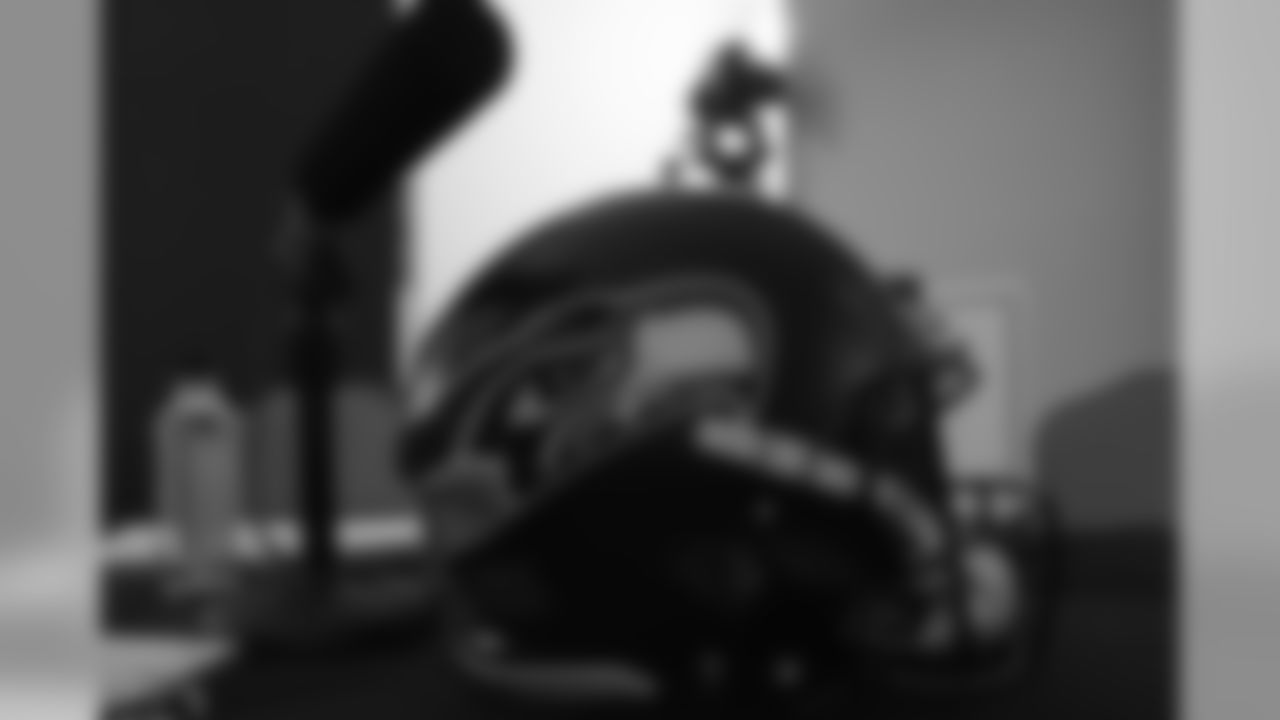
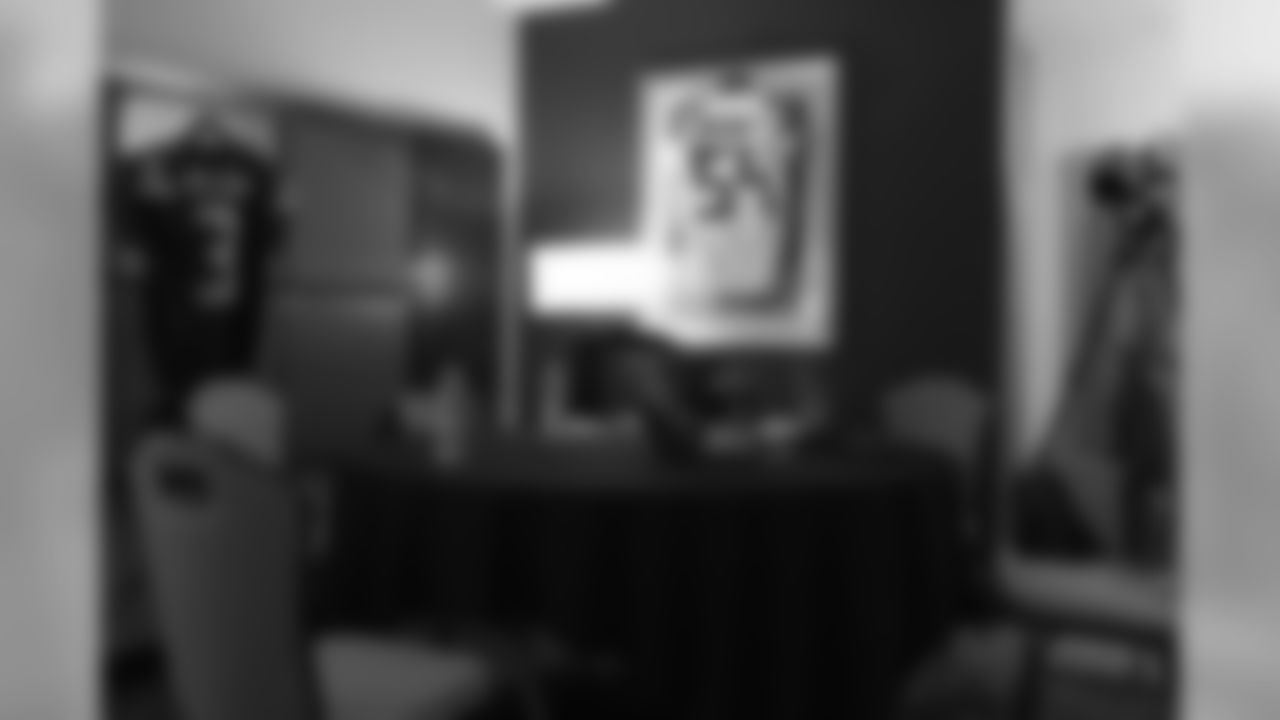
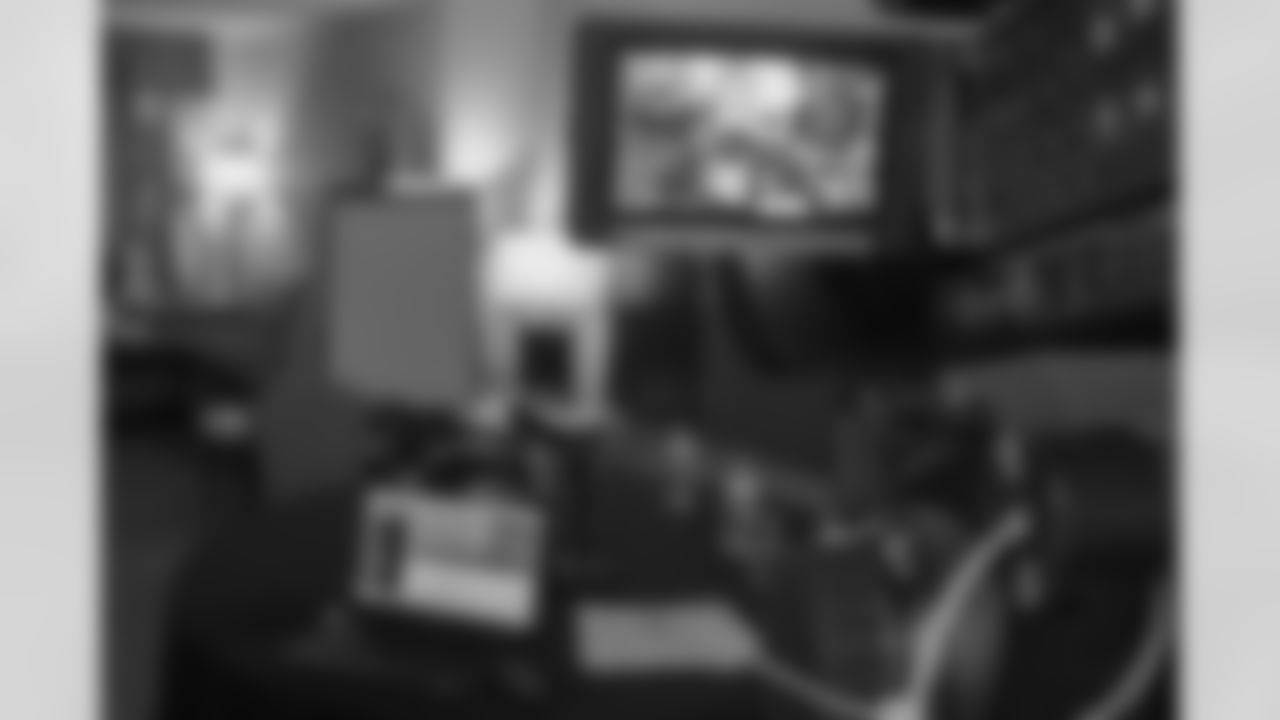
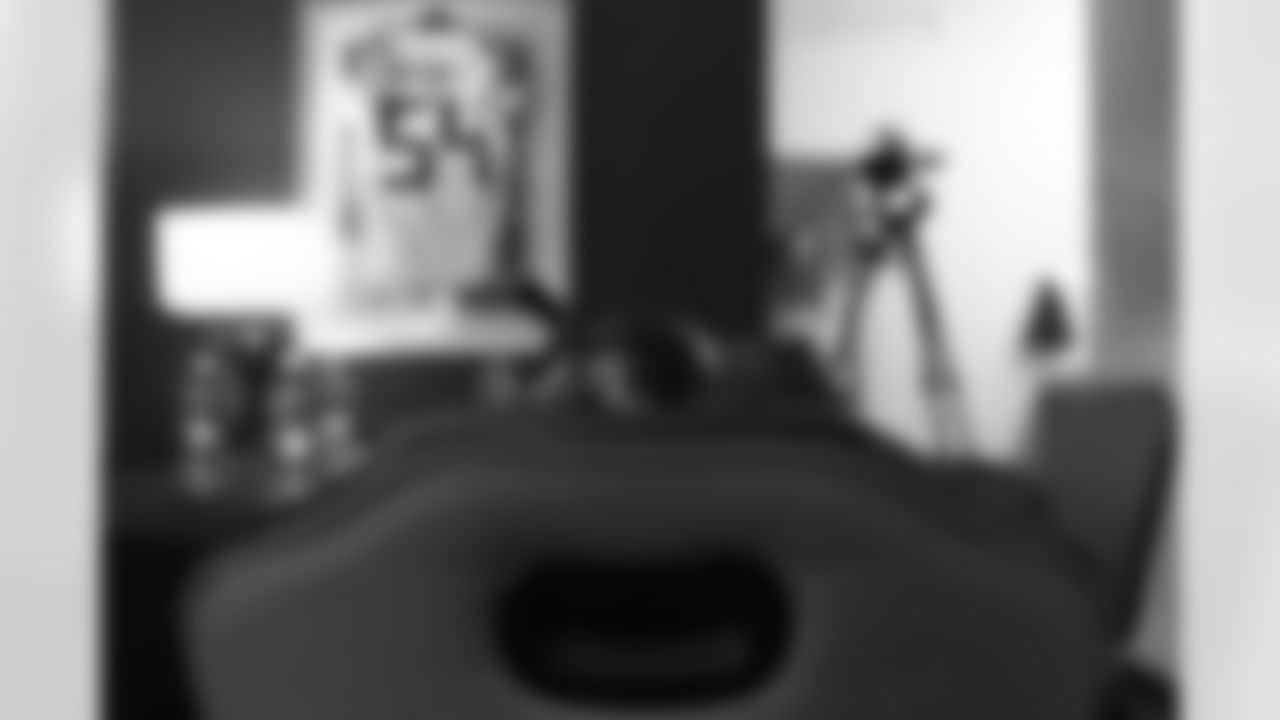
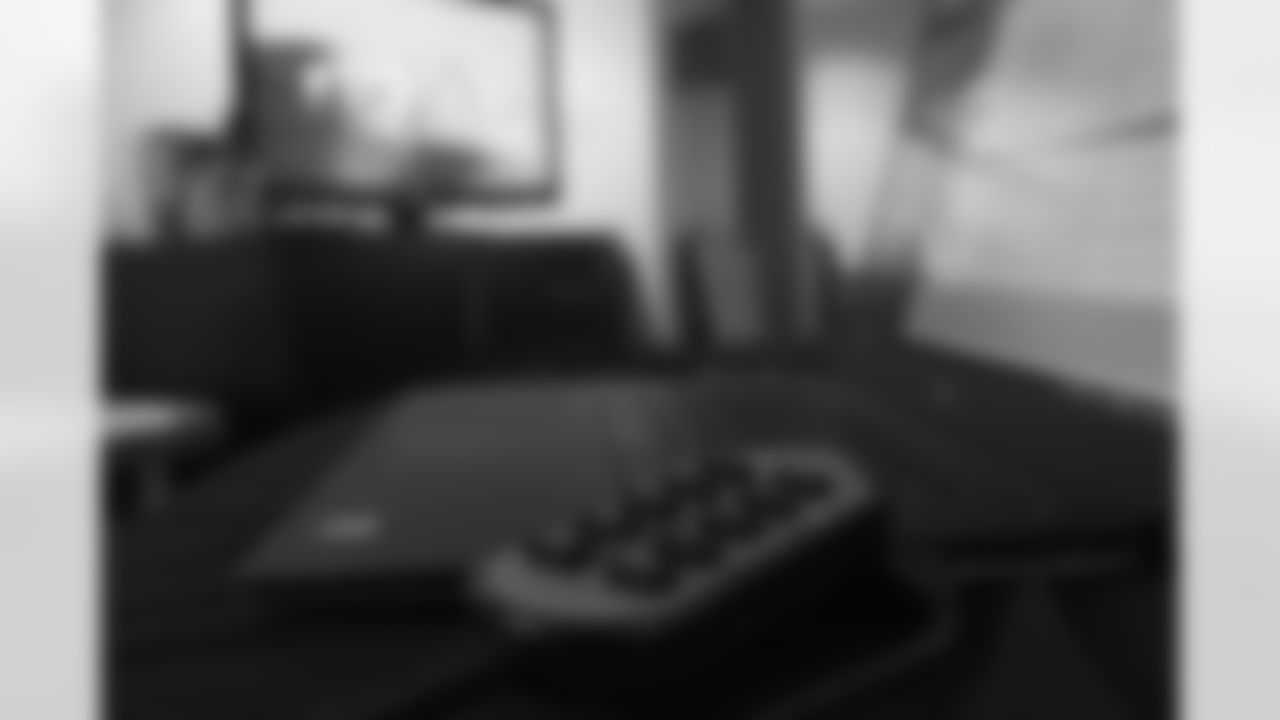
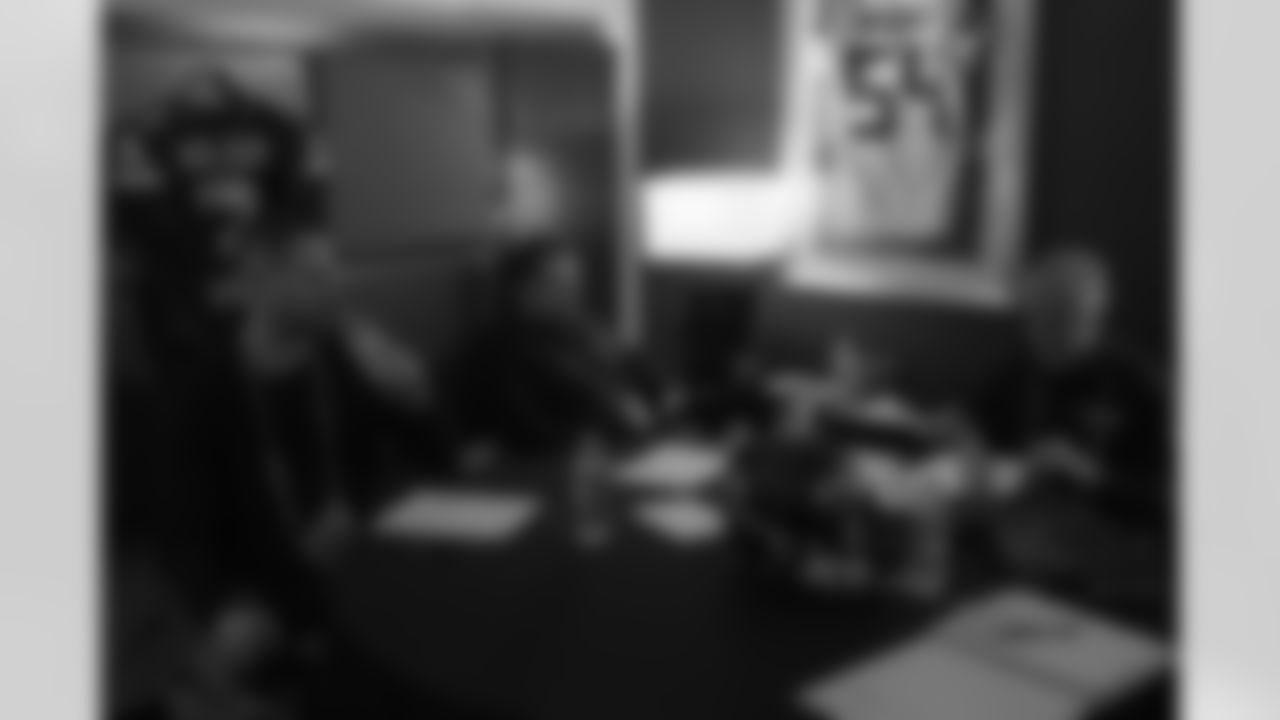
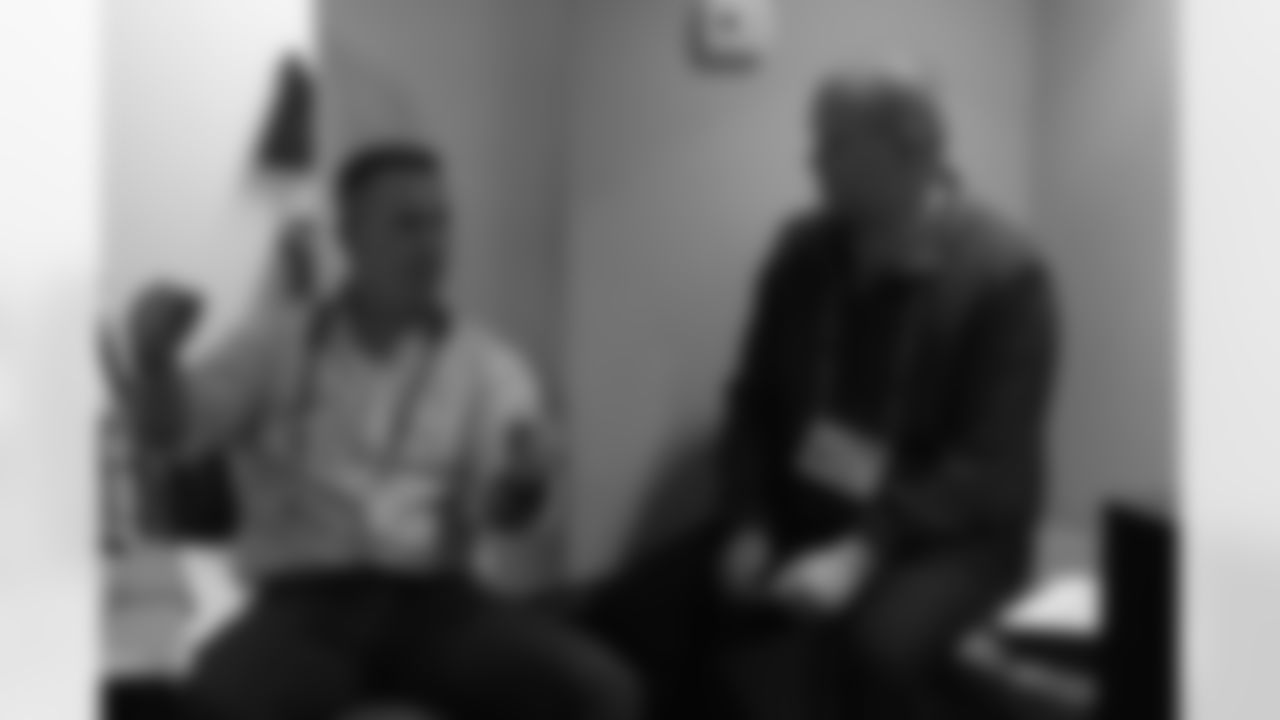
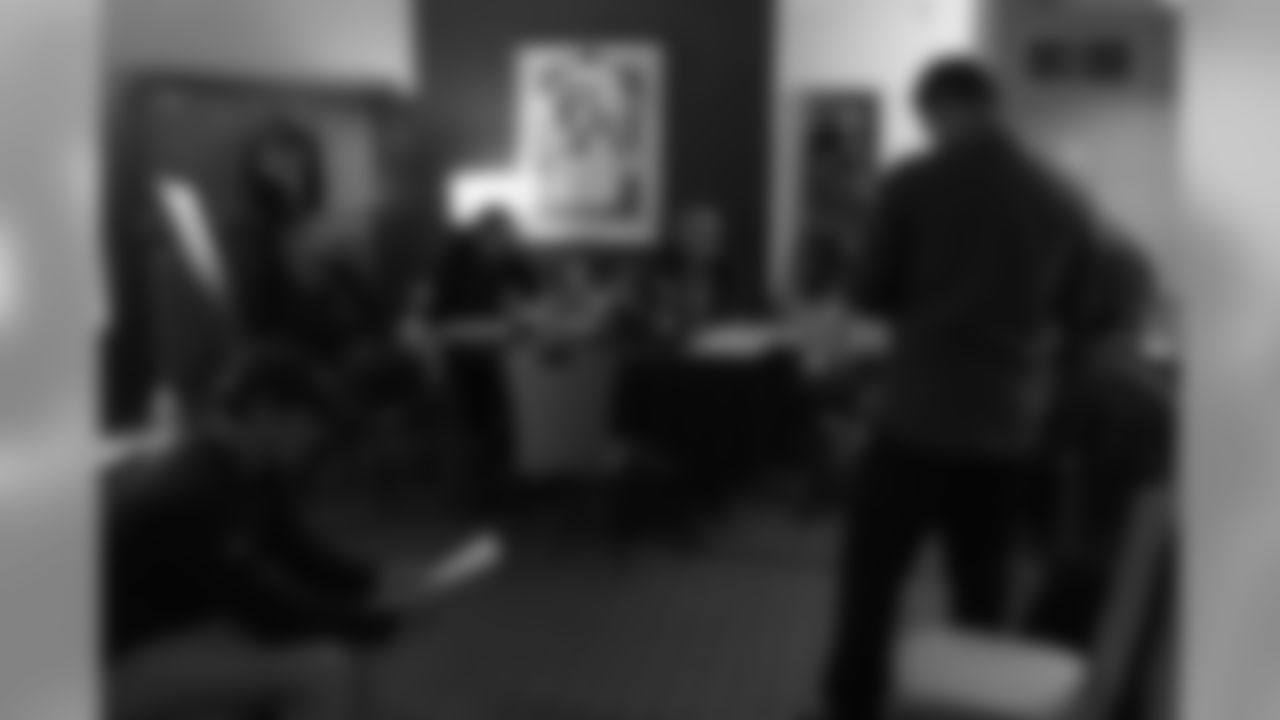
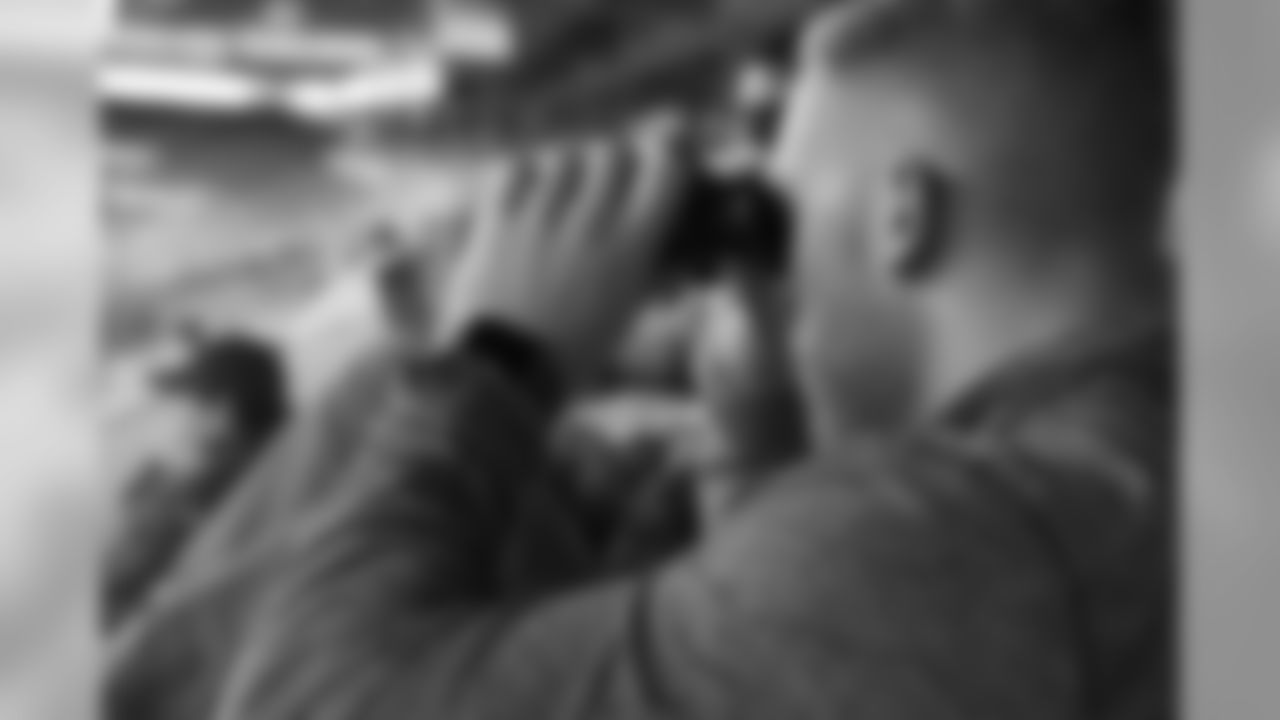
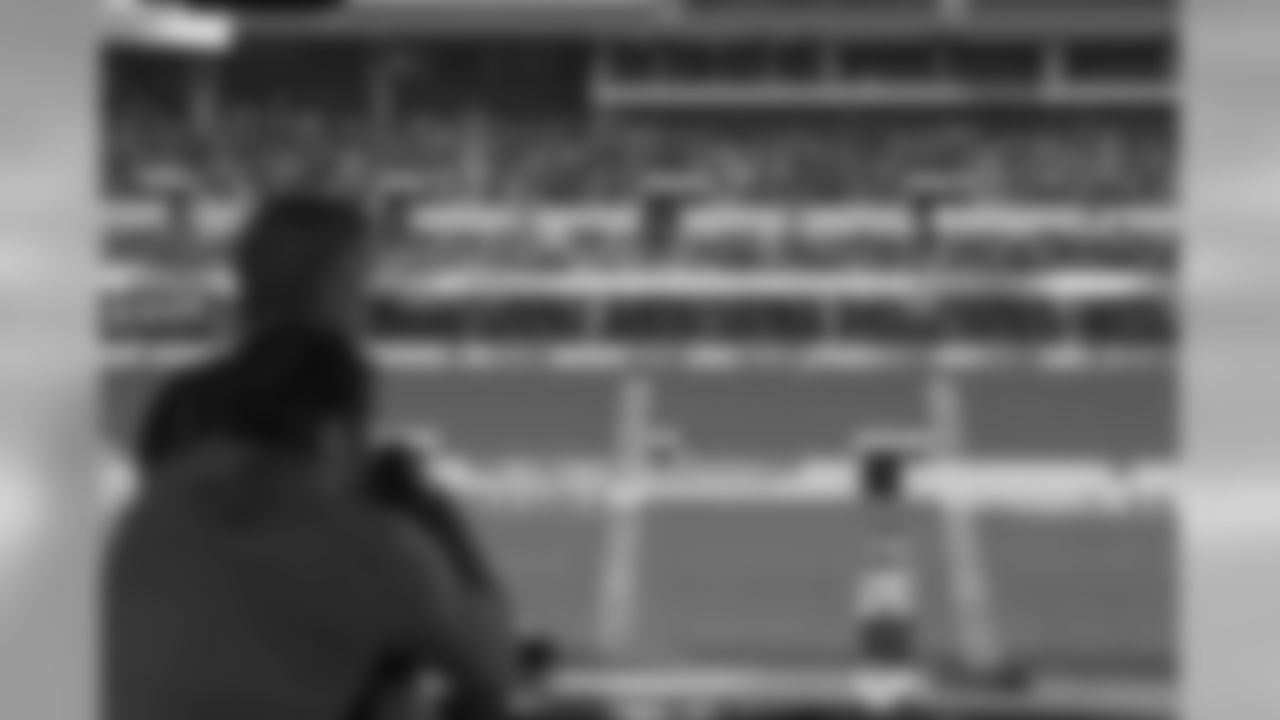
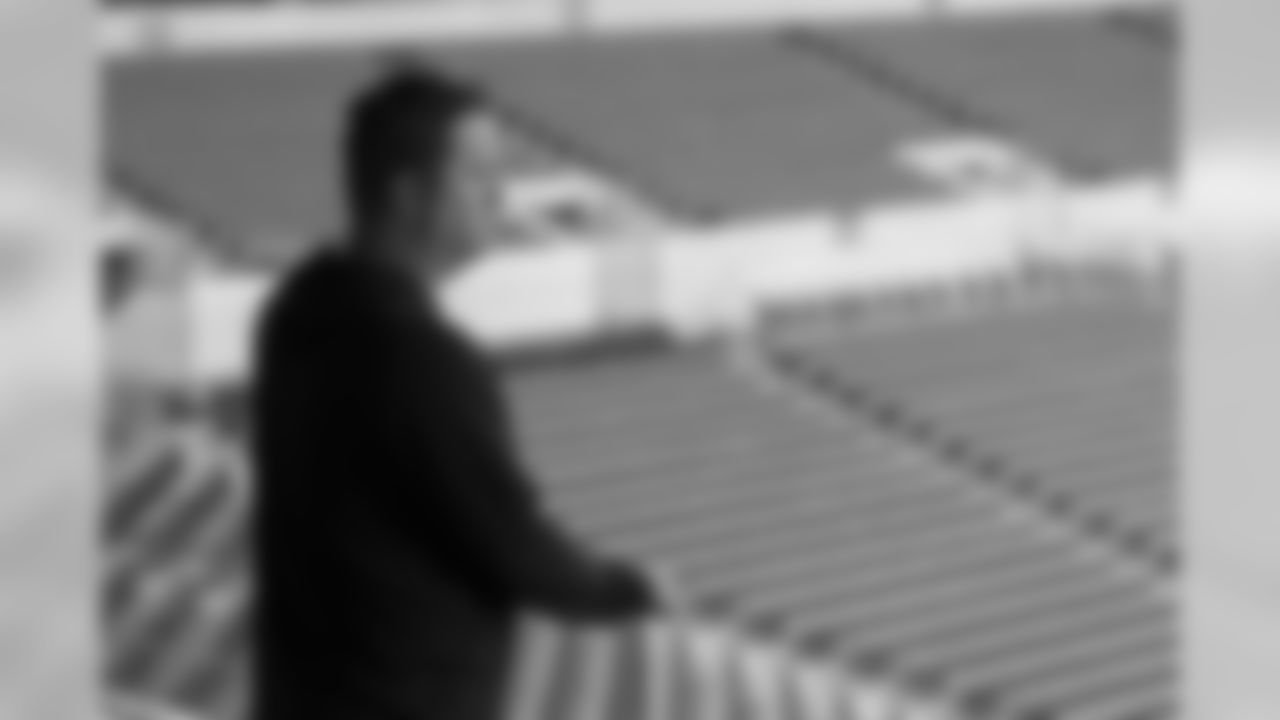
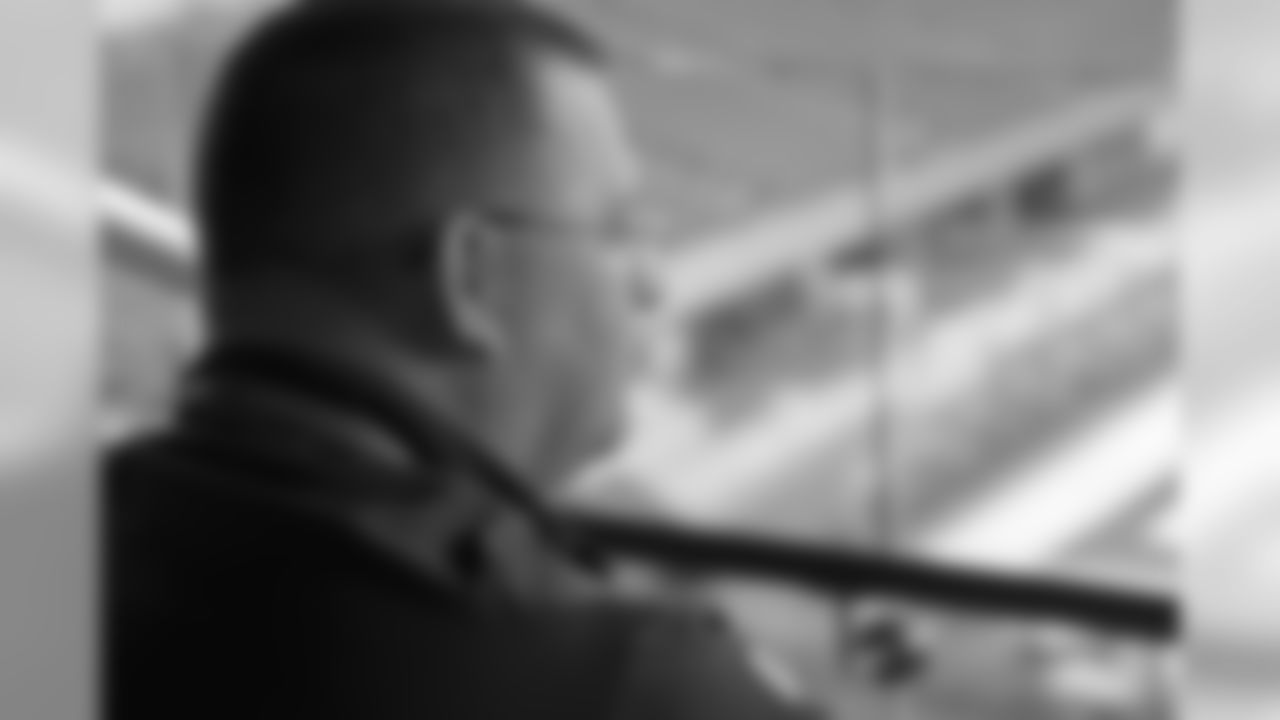
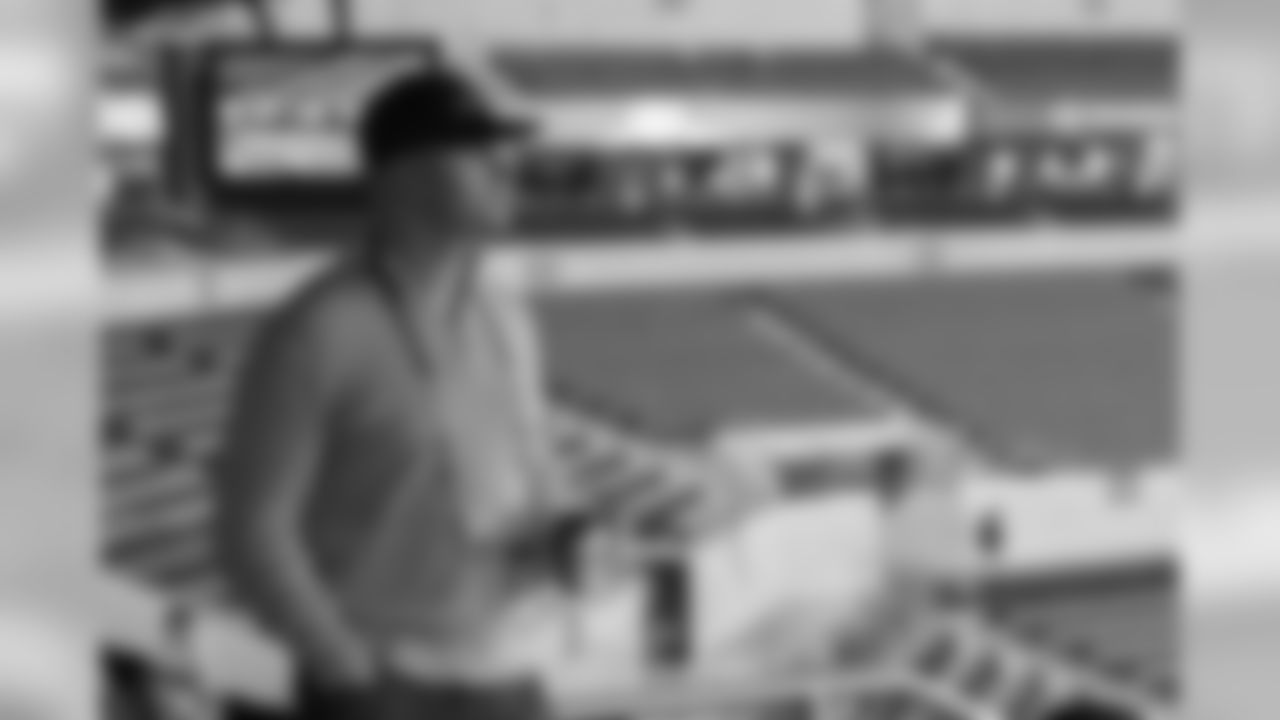
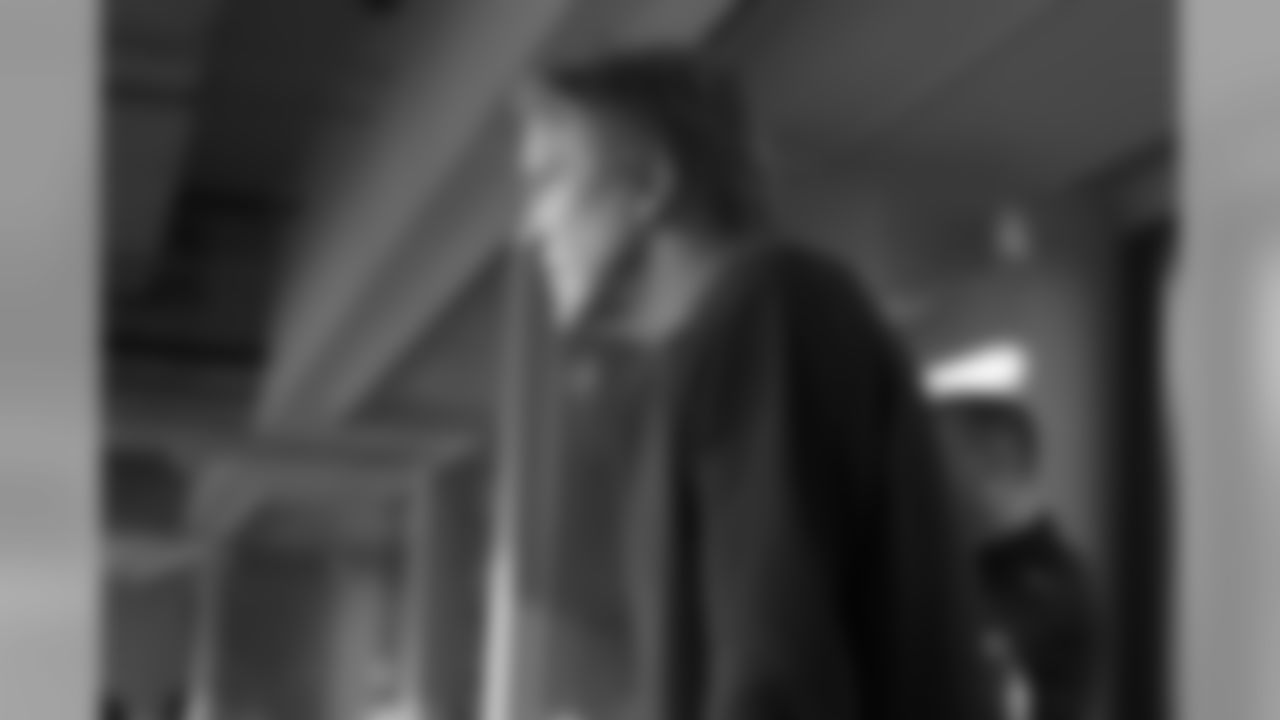
Late in the evening during one of the final interviews, that energy shows as Carroll takes special interest in a player towards the end of his interview. After that defensive player went over some fundamentals with a position coach, Carroll moved his chair so he was sitting face-to-face with the player, with no more than a foot separating them, and spoke sternly, yet caringly, about a flaw he saw in that player's game.
"These guys in here already love you," Carroll said, referring to the people who had scouted the player. "I'm still deciding." In this moment, Carroll isn't just looking for how the player is going to answer his questions, but in how he'll respond to having an NFL head coach in his face, challenging his game.
Just as that discussion winds down, an air horn sounds in the lobby, meaning the interview is over. Just past 10 p.m., the Seahawks are done for the night, having interviewed more than a dozen players in the span of four hours.
Hord and the van are on their way to pick people up, but Kirchner decides to stretch his legs and walk the half mile back to the JW Marriott. The halls of the convention center, which during the day are packed with a mixture of scouts, coaches, athletes, media and fans, are nearly empty at this hour. In a long hallway, a few draft prospects have placed tape on the floor and are practicing for the drills they'll perform the next day. Further along the walk, Kirchner nods towards a restroom down the hall.
"That's it, that's the bathroom," he said, referring to the spot where he introduced himself to Trestman 18 years earlier.
After that brief moment of nostalgia—can a bathroom be nostalgic?—Kirchner continues walking. It's approaching 11 p.m., but the night is far from over.







